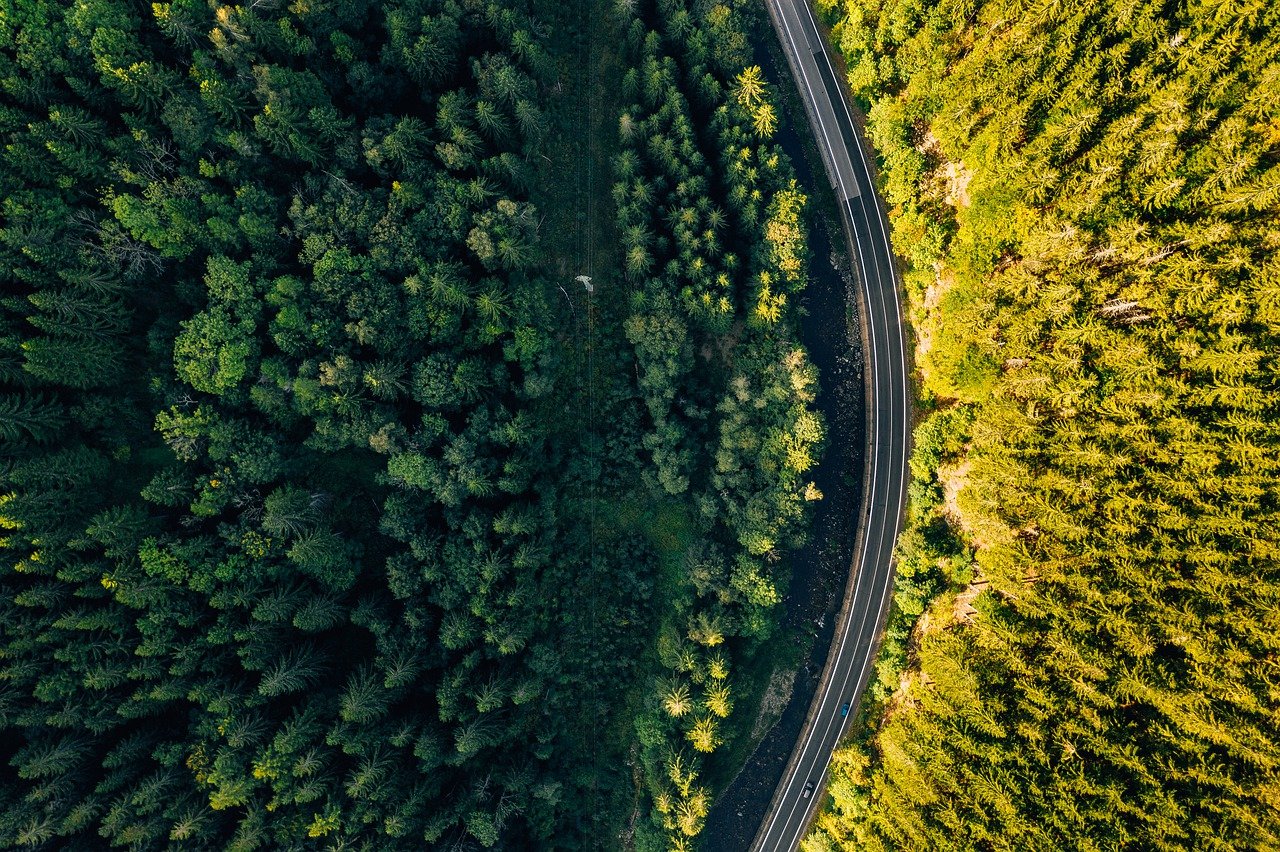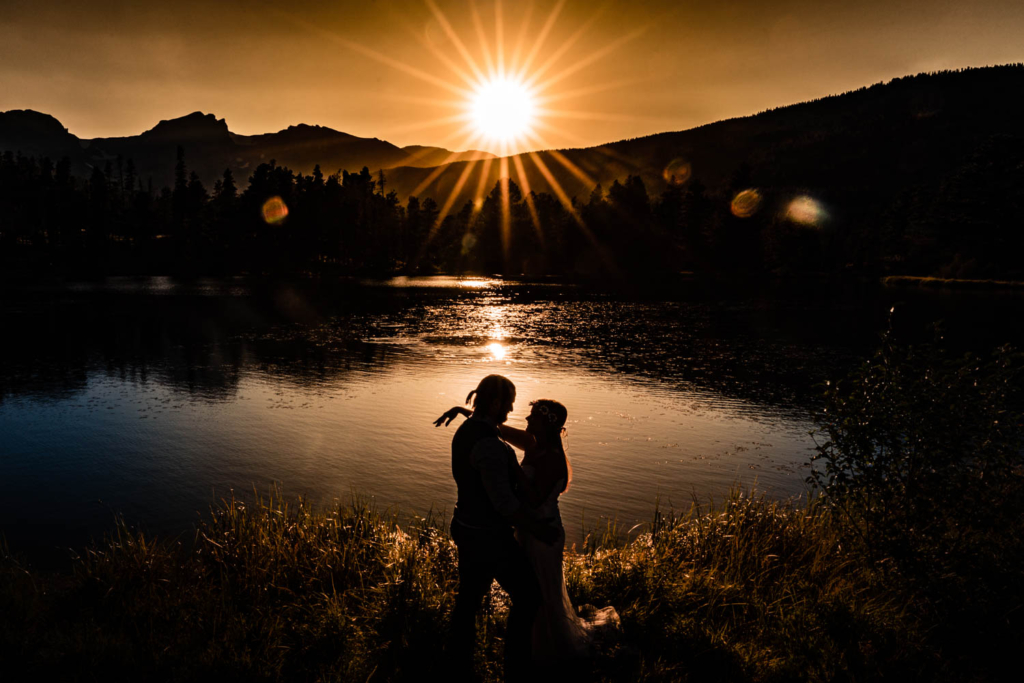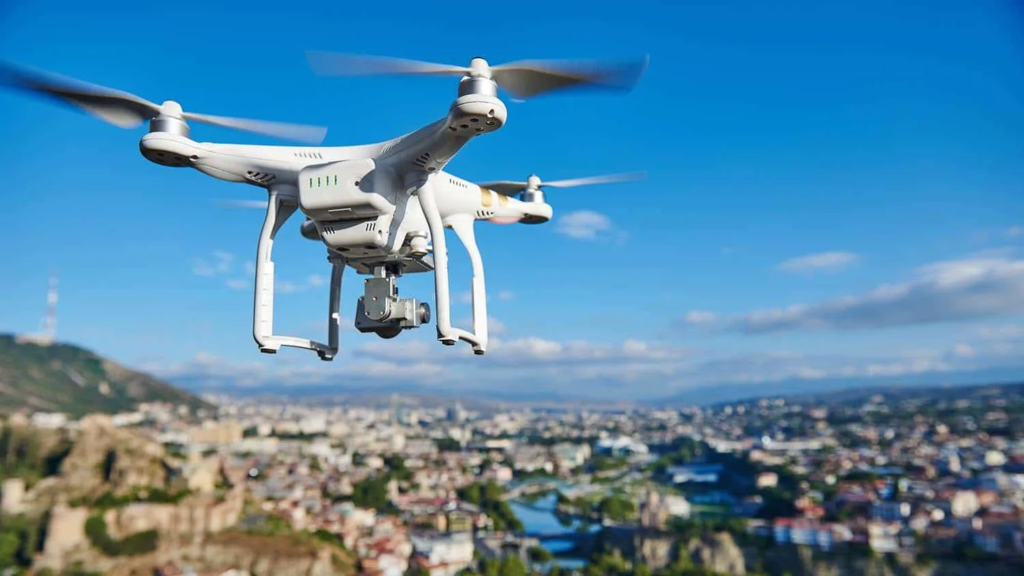Aerial photography is a unique professional skill or hobby. The excitement of taking images with a drone is at the top of many photographers’ wish lists. Its vast natural beauty can be astounding. It’s critical to have a firm grasp on how to take images from the skies.
It’s important to think about the accommodations that make aerial photography possible. Aerial photography is a technique that involves using a camera attached on an aircraft, such as a drone, to picture the Earth’s surface and atmosphere.
When photos from the air are beautifully caught, they appear incredible. They quickly catch the attention. Photography is a form of expression. As a result, there is no written guide to assist you in taking the best images. There are no drone photography principles that will assist you in capturing great images.
Aerial Photographers should understand and follow certain procedures and guidelines. Consistency, dedication, and practice are the hallmarks of the most appealing images. Here are five photography tips that every photographer should be aware of.
The time of day is important while taking images. Light is an important aspect in taking great images. During the day, you work with natural light. The sun is the best light source for taking high-quality photographs. Utilize large lamps, pole lights, flashlights, and other sources at night.
You must consider the sun from a wide angle as well as the flight path. With airborne photography, there are no obstacles in the way of the sun. To achieve the desired results, you must be discriminating. At dawn and dusk, nature creates sidelight. Instead of facing front or back, keep the sun on either side of the drone.
Lighting
The time of day is important for photographing. Light is an important consideration for taking great images. During the day, you have access to natural light. For high-quality photography, the sun is the ideal light source. Use large lamps, pole lights, flashlights, and other lighting sources at night.
A wide-angle view of the sun as well as the flight route must be considered. With airborne photography, there are no obstacles blocking the sun. To achieve the desired results, you must be picky. At dawn and dusk, nature provides sidelight. Rather than facing front or back, keep the sun on either side of the drone.
During the early and late hours of the day, light is softer and provides more contrast. Midday flights should be avoided. The golden hour occurs when the sky’s color shifts from red to orange to yellow. There is little contrast in the lighting, which is gentle and diffused. It’s ideal for photographing landscapes.
The blue hour, when the sky turns a rich blue color, is ideal for city and urban photography. During the astronomical hour, the sky darkens. Constellations can be seen. The moonlight takes the place of the sun. It’s perfect for capturing and studying astronomical phenomena like galaxies and planets. Some photographers like the golden, blue, or astronomical hours.
Automatic perspective distortion features are available in some software. They eliminate the guessing and save time when it comes to photo editing. Cropping a photo is a simple move that has a big impact on the image. It is beneficial to all photographs. The focus point is placed along a horizontal or vertical line and an intersection point according to the rule of thirds. Intense colors enhance the vibrancy of a photograph.
Take a Number of Shots
Taking many images of a scene helps with creating shadows and effects since you edit the photos. Drone cameras include live or bracketing photo functions that allow them to take multiple photos of the same scene. Present the issue from many perspectives to emphasize the scene’s significance in the story.
The majority of 4K camera drones have intelligent flight modes that enable aerial photography from a variety of angles. Overlapping objects assist the spectator in mentally reconstructing the three-dimensional scene. It will allow people to feel as though they are ‘in’ the scenario rather than merely viewing a photograph. Overlapping gives the impression of more depth.
If a camera does not have a panoramic mode, panning the camera can be used to take multiple images to capture a scene. With the use of editing software, the photographs are stitched together to form a high-quality panoramic image. This method enables higher-resolution photos while preserving important image features.
Mode of the Camera
When they first start taking images, most new photographers use the camera’s auto setting. The auto mode restricts the number of options available. In manual mode, you can modify the ISO settings of a camera to get better aerial images.
Controlling the shutter speed and other settings is also possible. It’s challenging to keep in focus because the camera moves so quickly. A quick shutter speed is essential for aerial photography. A shutter speed of at least 1/1000 of a second is suggested.
The faster you need to shoot, the longer the focus length. To retain a suitable depth of field and generate clear photos, high shutter speeds necessitate a high ISO. To acquire the most clarity across the image, use an aperture of at least f/2.8. It takes some experimenting to find the right balance of ISO, aperture, and shutter speed. There are no restrictions when it comes to practicing shots in manual mode.
Stability
The quality of the drone and camera are important factors in obtaining great aerial photography drone photos. Drones of high quality have excellent flying abilities and produce excellent outcomes. When taking airborne shots, the pace of travel and light conditions change rapidly.
A camera should be able to handle a wide ISO range. A camera with an ISO of 2000 or above can manage changing light conditions. It also allows for greater shutter speeds and apertures, which are required for focusing on stunning photos.
The Inertial Measurement Unit (IMU) on most drones includes or is integrated with a gyroscope (IMU). The purpose of gyroscope technology is to increase a drone’s flight capabilities. Algorithms, software, and hardware all work together to optimize every aspect of a drone’s flying, including turning sharply at an angle and hovering still. Beginners and seasoned pros alike can benefit from a drone with six-axis gyro stability.
Recap
Aerial photography using drones is a fascinating prospect. This is not a game for the faint-hearted. It can be thrilling to see things from a bird’s eye perspective. It also has its own set of problems, such as weather and time constraints.
This is a compilation of advice for those who have never used a drone to shoot images. It is intended to assist in the planning phase of aerial photography drone usage. You don’t have to rely on guesswork to figure out what works.
It’s just as important to edit photos as it is to take them. Commercial photography necessitates dexterity and a keen awareness of the dynamics. You’ll become a drone photographer with an eye for the best camera settings, viewpoints, and aerial angles with some practice and a good drone and camera.
The appropriate preparation on the ground is the foundation for a fantastic journey from the sky. These pointers will assist you in preparing for a fun and fruitful picture shoot. For more information on the various tips, follow the links in this article.




